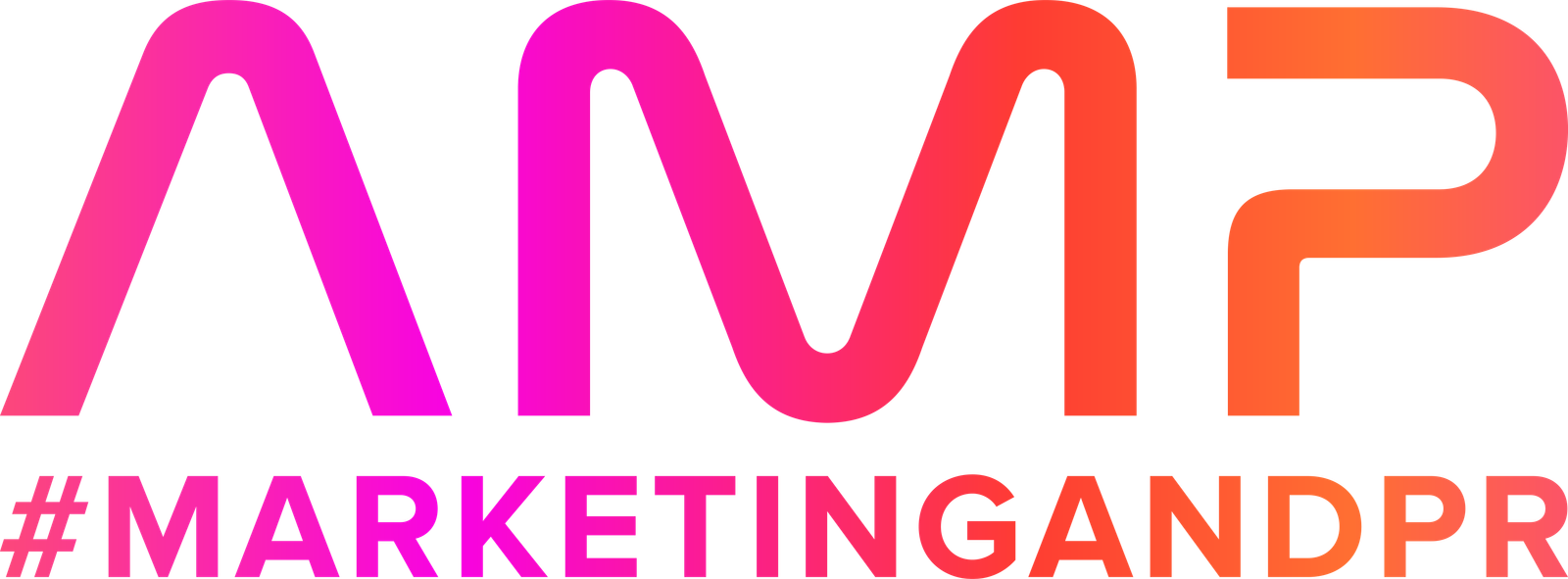Artificial intelligence (AI) is transforming industries across the board, and public relations is no exception. From generating press releases to analyzing media trends, AI offers PR practitioners exciting opportunities to work more efficiently and effectively. However, its integration into the PR workflow must be handled carefully—particularly when it comes to maintaining relationships with journalists and media outlets.
Journalists value authenticity, accuracy, and thoughtful engagement. Misusing AI can damage trust, leading to skepticism or frustration from the media. For PR practitioners, the goal is to use AI in ways that enhance your work without undermining the human touch that makes strong media relationships possible.
Here are some strategies for leveraging AI in PR workflows while keeping the media on your side.
1. Use AI for Research, Not Relationship-Building
AI tools are excellent for media monitoring, trend analysis, and audience insights. Platforms like Meltwater, Cision, or HubSpot use AI to identify relevant journalists, publications, and trends. These tools can save time by highlighting key contacts and coverage opportunities.
However, when it comes to pitching stories or following up, rely on human interaction. Journalists want personalized, well-researched outreach, not generic, automated pitches. Use AI to gather insights about a journalist’s recent work or beat, but take the time to craft a tailored message that reflects genuine interest and understanding.
2. Maintain Accuracy in AI-Generated Content
AI can streamline content creation by drafting press releases, social media posts, and blog articles. Tools like ChatGPT or Jasper AI can save time by generating initial drafts. But AI outputs aren’t always accurate—they can misunderstand context or produce content that feels overly generic.
Always fact-check AI-generated content and refine it with your unique voice and messaging. Journalists expect precise, relevant information, and errors in your materials can harm your credibility. Think of AI as a helper, not a replacement, for human expertise.
3. Enhance Crisis Management with AI Insights
In crisis communication, timing and precision are crucial. AI-powered sentiment analysis tools, such as Sprinklr or Brandwatch, can help PR practitioners monitor public opinion in real-time and identify potential issues before they escalate.
Use these insights to inform your strategy, but craft your responses with care. Journalists covering crises often look for thoughtful, well-considered statements—not canned responses generated by AI. Let the data guide you, but always put human judgment first.
4. Be Transparent About AI Usage
Trust is the cornerstone of media relations. If AI plays a role in your workflow—such as producing press materials or conducting sentiment analysis—don’t hide it. Transparency builds credibility.
For instance, if an AI tool helped analyze data for a report or generate a key insight, acknowledge it. Journalists appreciate honesty and are more likely to trust your content if they understand how it was created.
5. Use AI to Personalize Media Outreach
AI tools can analyze large volumes of data to identify what topics resonate with specific journalists or outlets. Use these insights to create personalized pitches that align with each journalist’s interests and recent work.
For example, instead of sending a blanket pitch, AI can help identify a journalist who recently wrote about a topic similar to your story. A tailored pitch referencing their past work demonstrates effort and respect for their expertise.
6. Don’t Over-Automate Media Interactions
Automation tools, such as AI-powered email sequences, can be helpful for follow-ups, but overusing them can alienate journalists. Avoid bombarding journalists with automated messages or impersonal reminders.
Instead, use AI to manage your outreach schedule and track responses, but ensure every interaction feels thoughtful and personalized. Relationships with journalists are built on genuine, human engagement—not automation.
7. Leverage AI for Media Training
AI-driven tools like virtual reality (VR) simulations and chatbots can be used for media training, helping executives and spokespeople prepare for interviews or press conferences. These tools can simulate realistic media scenarios, allowing individuals to practice answering tough questions.
This preparation ensures that when spokespeople engage with journalists, they’re confident, clear, and on-message—enhancing the overall quality of media interactions.
8. Respect Journalistic Integrity
Journalists are often wary of AI-generated content that lacks depth or originality. Avoid flooding the media with AI-driven press releases or pitches that feel generic. Always prioritize quality over quantity in your outreach.
AI should enhance your storytelling, not dilute it. Use it to analyze data, identify compelling angles, or create supporting visuals, but ensure your stories are crafted with care and thoughtfulness.
Final Thoughts: Balance AI with the Human Touch
AI has the potential to revolutionize the PR industry by streamlining workflows and uncovering valuable insights. However, the human element remains irreplaceable—especially when it comes to media relations. Journalists want to work with PR practitioners who respect their time, understand their work, and provide accurate, engaging content.
By using AI as a tool to enhance (not replace) your work, you can maintain strong media relationships while delivering better results for your clients. Remember, the key to success lies in striking the right balance between automation and authenticity.
If you’re ready to explore how AI can elevate your PR efforts while keeping your media relationships strong, AMP Marketing and PR can help. As a Silicon Valley PR agency, we specialize in innovative, audience-driven strategies that build trust and deliver results.
